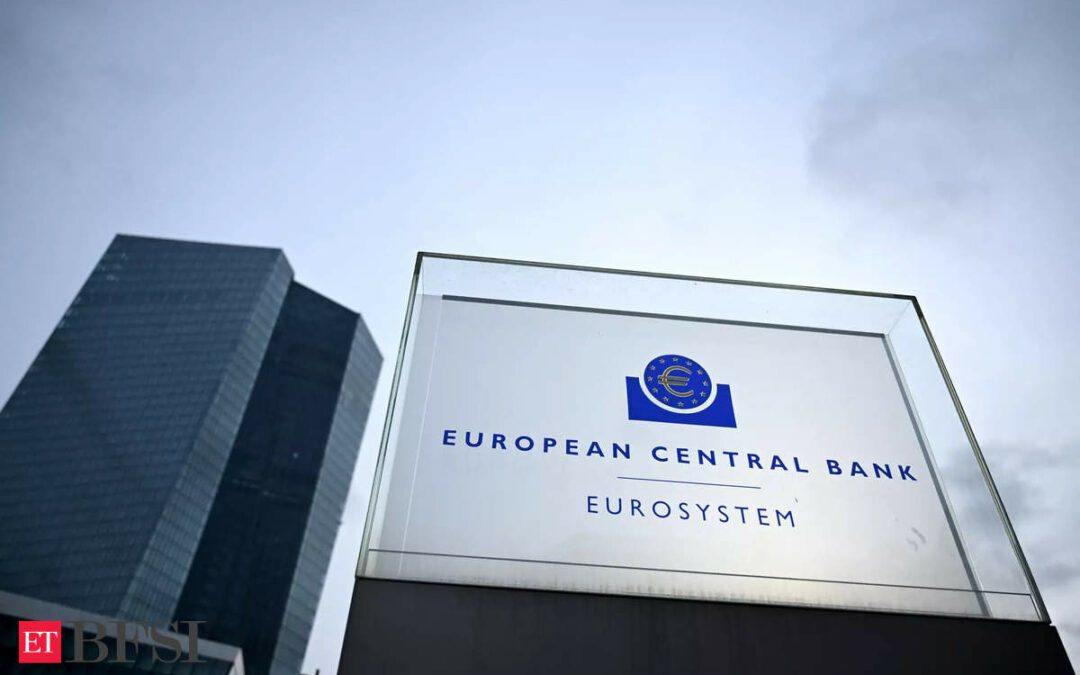The European Central Bank said Thursday its series of interest rate hikes had led it to a loss in 2023, its first in nearly two decades, with no swift return to profit expected.
The Frankfurt-based institution lost 1.3 billion euros ($1.4 billion) last year, after breaking even in 2022.
Last year’s loss would have been far greater if the ECB had not deployed the full 6.6 billion euros it had set aside in the past to soak up losses.
The loss, after “almost two decades of substantial profits”, reflects the “necessary policy actions” taken to combat inflation, the ECB said in a statement.
The ECB began raising borrowing costs at an unprecedented rate in July 2022 after Russia’s war in Ukraine pushed up energy and food costs.
It has held rates steady since October in the face of cooling inflation and a stuttering eurozone economy, leaving the benchmark deposit rate at a record four percent.
The higher rates have “resulted in increased interest expenses” paid to eurozone members’ national central banks, the statement said.
At the same time, interest income on bonds hoovered up by the ECB over years of crisis-fighting has failed to keep pace.
Those assets have largely fixed rates and long maturities, and were bought back when borrowing costs were ultra-low.
“The ECB is likely to incur losses over the next few years, but is then projected to return to making sustained profits,” the bank said, adding that the financial performance would not impact its work.
“The ECB can operate effectively and fulfil its primary mandate of maintaining price stability regardless of any losses,” it said.
The ECB has said it expects to keep rates at their current levels until it sees convincing evidence that inflation is returning to the two-percent target.
Eurozone inflation slowed to 2.8 percent in January, down from 2.9 percent in December.
Economists expect the ECB to begin slashing rates in the coming months. President Christine Lagarde has previously suggested the first cut could come in the summer.
The ECB said the 2023 loss would be carried forward on its balance sheet, to be offset against future profits.
The last time the ECB swung to the red was in 2004, when it ran up losses of 1.6 billion euros in part due to a weak dollar and yen.









